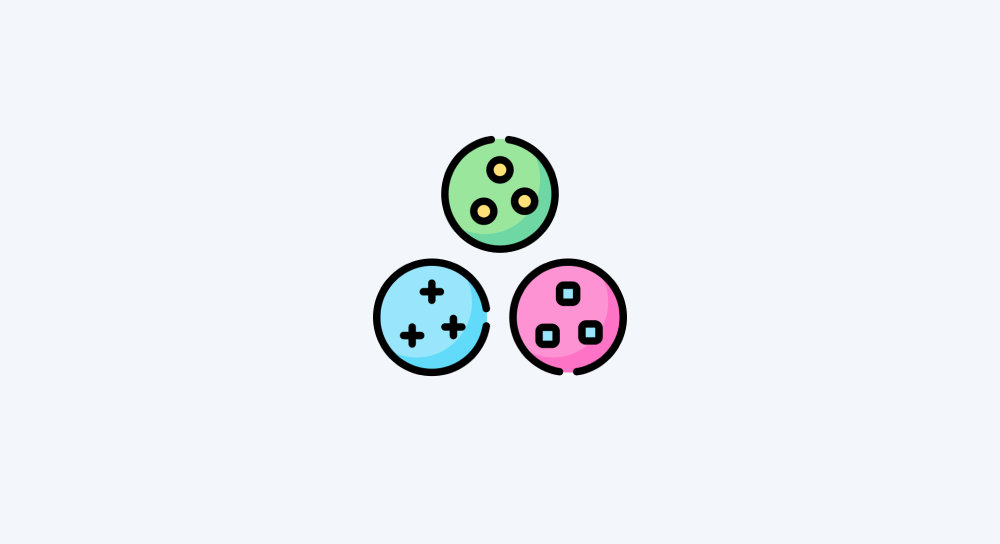
n8n Tutorial for Beginners: Build Your First AI Automation in 45 Minutes (From Scratch)
n8n is a workflow automation tool. So, before learning n8n, it is important that you understand what a workflow truly means. So, what is a workflow? A workflow is a set of steps you follow to complete a digital task from start to finish. If a task needs more than











